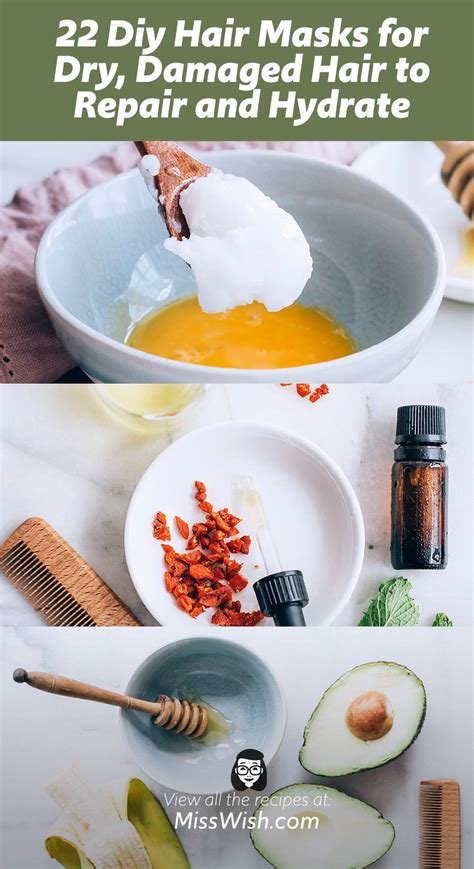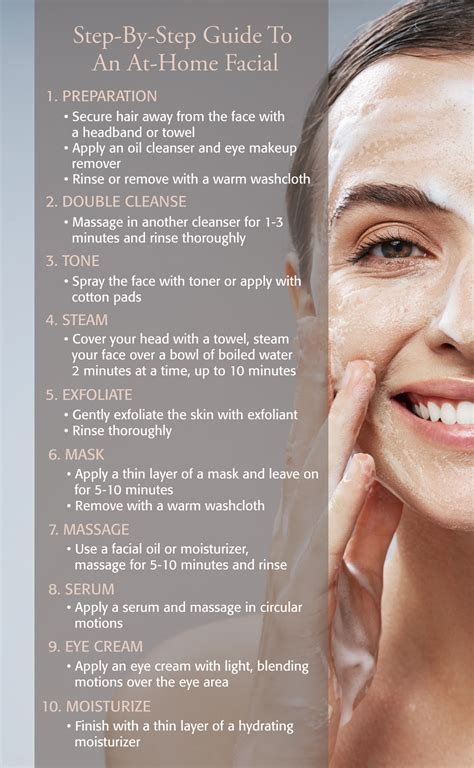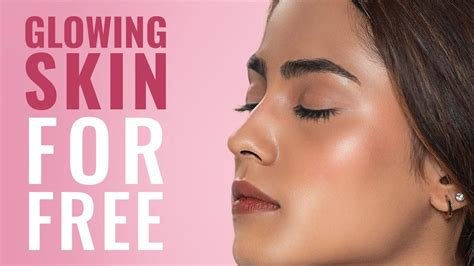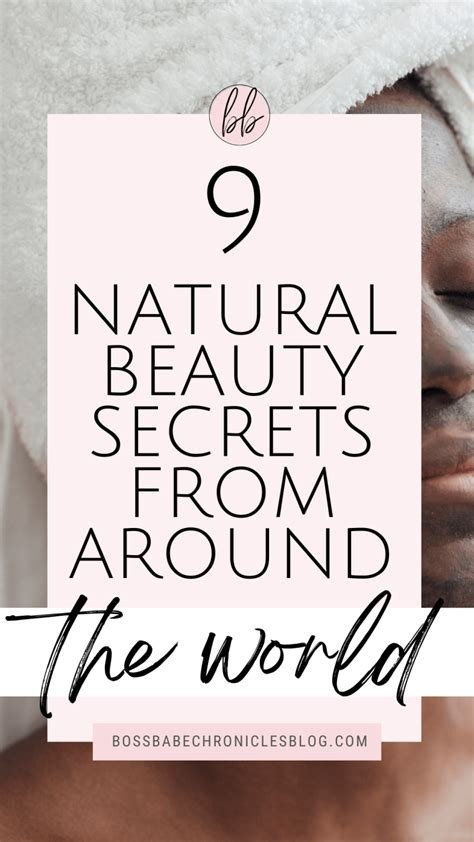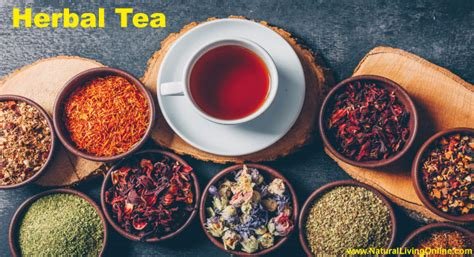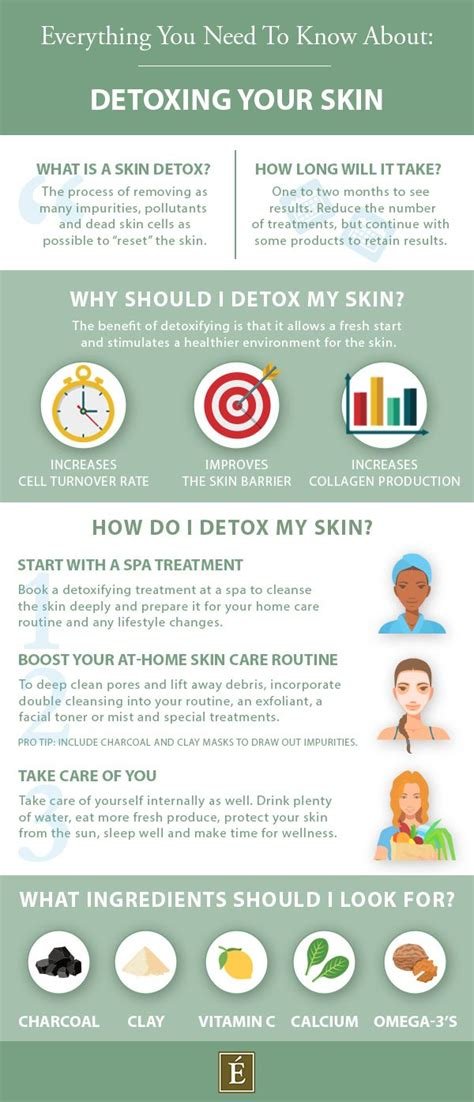This blog post explores the top natural ingredients essential for repairing damaged hair and emphasizes the importance of incorporating these substances into your hair care routine. It details common causes of hair damage, such as environmental factors and heat styling, while highlighting the essential properties that make natural ingredients effective for hair restoration. The article also discusses top natural oils that promote healthy hair growth, along with crucial vitamins and nutrients that strengthen damaged strands. It provides practical guidance for creating a DIY hair repair routine, along with recipes for top natural masks and treatments. Additionally, it covers scalp care techniques vital for optimal hair repair. The post concludes with key takeaways and actionable next steps for maintaining hair health, making it a comprehensive resource for anyone seeking to rejuvenate their tresses using top natural ingredients.
Understanding The Importance Of Top Natural Ingredients
When it comes to reviving damaged hair, the significance of utilizing top natural ingredients cannot be overstated. Natural components not only provide necessary nutrients to the hair but also protect it from further damage. Many commercially available products contain harsh chemicals that can exacerbate the situation, making a shift toward natural solutions essential for truly effective hair repair. This move not only promotes healthier hair but also aligns with a more sustainable and eco-friendly approach to beauty.
A variety of natural ingredients offer unique properties essential for hair restoration. Among the most notable are essential oils, herbal extracts, and vitamins derived from natural sources. These ingredients can penetrate the hair shaft, providing hydration and essential nutrients that chemically-laden products often fail to deliver. Furthermore, natural ingredients generally come with little to no side effects, making them suitable for all hair types, including sensitive scalps.
Key Benefits Of Natural Ingredients
- Repair damage at a cellular level
- Provide essential vitamins and minerals
- Enhance scalp health and reduce irritation
- Boost shine and manageability
- Support hair growth naturally
- Minimize allergic reactions and irritations
- Improve the overall texture of hair
Incorporating top natural ingredients into your hair care routine can lead to significant improvements over time. From oils such as argan and coconut to herbal concoctions like hibiscus and aloe vera, these ingredients work harmoniously to strengthen individual hair strands while promoting healthy growth. As you explore different natural options, consider what works best for your hair type and specific damage concerns. Embracing this holistic approach can truly transform your hair health, ensuring it looks and feels its best.
Common Causes Of Hair Damage To Address
Understanding the Top Natural ingredients for repairing damaged hair begins with identifying the common causes of hair damage. By addressing these issues, you can take proactive steps in your hair care routine to restore your locks to their former glory. Knowing the root causes allows you to tailor your approach and utilize natural remedies effectively.
Some of the most prevalent causes of hair damage include environmental factors, excessive styling, and harsh chemicals. Each of these elements can contribute to weakened strands, resulting in breakage and split ends. It’s crucial to recognize these influences to mitigate their effects on your hair.
“Hair damage often occurs from an interplay of external factors and poor hair care practices. By identifying these common causes, you set the foundation for healthier hair.”
Top Causes Of Hair Damage
- Overexposure to sunlight and environmental pollution
- Frequent use of heat styling tools (like straighteners and curlers)
- Excessive chemical treatments (dyeing, perming, relaxing)
- Inadequate moisture levels or dehydration
- Poor nutrition lacking essential vitamins and minerals
- Improper brushing and handling techniques
- Suboptimal hair care products
Once you have identified the key culprits behind your hair damage, integrating Top Natural ingredients into your routine becomes more effective. These natural solutions can help nourish your strands, restore lost moisture, and ultimately provide a shield against further damage. Stay tuned for recommendations on which natural ingredients can best support your hair’s health.
Essential Properties Of Natural Ingredients For Hair Repair
Natural ingredients play a crucial role in repairing damaged hair due to their unique and effective properties. When harnessed correctly, these ingredients can restore hair health without the side effects often associated with chemical treatments. By understanding the essential properties of these top natural solutions, you can choose the best options for your hair repair journey.
The following unique benefits of natural ingredients highlight why they should be a staple in your hair care regimen:
- Rich in Nutrients: Natural ingredients are loaded with vitamins and minerals that nourish the hair.
- Hydration: They provide deep moisture to combat dryness and prevent breakage.
- Strengthening: Specific ingredients can reinforce hair structure, making it more resilient.
- Scalp Health: Natural solutions often promote a healthy scalp, which is essential for hair growth.
- Chemical-Free: Many natural ingredients have no harmful chemicals, making them safe for use.
- Antioxidant Properties: They help protect hair from environmental damage.
Incorporating these ingredients into your hair care routine not only addresses current issues but also prevents future damage. Their effectiveness stems from their natural composition, which works in harmony with your hair and scalp. For instance, oils extracted from nuts and seeds are known for their ability to penetrate deeply, providing long-lasting moisture and repair.
Ultimately, the essential properties of top natural ingredients for hair repair lie in their ability to rejuvenate and revitalize. These ingredients can significantly improve the overall health of your hair, making them a wise choice for anyone looking to restore their locks. By selecting the right natural components, you can create a personalized hair repair regimen that suits your unique needs.
Top Natural Oils That Promote Healthy Hair Growth
Utilizing Top Natural oils can significantly enhance hair health and encourage growth. These natural oils provide a myriad of benefits that not only nourish the hair but also improve the scalp’s condition. By incorporating these oils into your hair care routine, you can address issues such as dryness, breakage, and thinning. Furthermore, these oils are often rich in essential fatty acids, antioxidants, and vitamins that are pivotal for optimal hair vitality.
In the quest for healthy hair, it’s critical to understand which natural oils offer the most significant advantages. Here are a few remarkable oils that serve as effective remedies for promoting hair growth and repairing damage:
- List Of Effective Natural Oils
- Argan Oil
- Coconut Oil
- Olive Oil
- Jojoba Oil
- Castor Oil
- Rosemary Oil
- Avocado Oil
Each of these oils brings unique properties that can help rejuvenate damaged strands. Additionally, using a combination of these oils can maximize your hair’s growth potential and overall health.
Incorporating natural oils into your hair care regimen not only hydrates and nourishes but also protects against environmental damage. Remember, the application technique matters; massaging these oils into the scalp enhances blood circulation, which is essential for healthy hair growth. Below are some of the most beneficial natural oils to consider:
Argan Oil
Argan oil is celebrated for its high vitamin E content, which is known for its ability to repair and protect hair from damage. This oil contains antioxidants that fight free radicals, making it ideal for repairing split ends and promoting overall hair health. Including argan oil in your hair care routine can lead to softer, shinier strands, ultimately aiding in hair growth.
Coconut Oil
Coconut oil is another powerhouse in the realm of natural oils for hair care. Its unique structure allows it to penetrate the hair shaft effectively, providing deep hydration and reducing protein loss. This oil not only prevents breakage but also helps in maintaining scalp health, therefore creating a conducive environment for hair growth.
Olive Oil
Rich in fatty acids and antioxidants, olive oil serves as a natural moisturizer for hair. It helps to seal in moisture, prevent frizz, and enhances elasticity. Regular use of olive oil can protect hair from heat damage and promote thicker hair growth, making it a valuable addition to any hair care routine.
Vitamins And Nutrients To Strengthen Damaged Tresses
Repairing damaged hair goes beyond topical treatments; incorporating the right vitamins and nutrients into your routine can significantly enhance your hair’s strength and overall health. Utilizing top natural ingredients allows for a holistic approach, targeting the core issues that lead to hair damage. Many natural vitamins and nutrients serve to nourish hair follicles and promote growth, making them essential components in any hair care regimen.
One of the most effective ways to ensure your hair gets the nutrients it needs is through a well-rounded diet, rich in the vitamins known for their restorative properties. By focusing on specific vitamins that strengthen and rejuvenate tresses, you can create a solid foundation for healthy hair. Below are some of the most crucial vitamins for optimal hair health:
- Crucial Vitamins For Hair Health
- Vitamin A – Supports cell growth and contributes to the health of hair follicles.
- Vitamin C – A powerful antioxidant that helps to protect hair from damage.
- Vitamin D – Promotes new follicle growth, which can improve hair health over time.
- Vitamin E – Improves blood circulation to the scalp, fostering healthy hair growth.
- Biotin – Essential for hair structure and can prevent hair loss.
Incorporating these vitamins into your daily regime can have lasting benefits on your hair health. Among these vitamins, Vitamin E stands out for its multitude of benefits in hair repair. It acts as a potent antioxidant and helps to heal the scalp, allowing for improved follicle functionality.
Vitamin E Benefits
Vitamin E is highly regarded for its ability to enhance scalp circulation and promote hair growth. This vitamin acts as an antioxidant, helping to repair oxidative stress caused by environmental factors. When used in hair masks or as an oil, Vitamin E can fortify strands and minimize breakage, resulting in smoother and healthier hair. Additionally, it helps to retain moisture in the hair shaft, which is crucial for preventing dryness and brittleness.
Biotin Importance
Biotin, often referred to as vitamin H, is critical for maintaining the integrity of hair, skin, and nails. It plays a key role in keratin production, which strengthens the hair structure. A deficiency in biotin can lead to hair thinning and loss, making it a vital nutrient for anyone struggling with damaged tresses. Including biotin-rich foods or supplements in your diet can bolster your hair’s resilience and promote fuller, healthier strands.
How To Create A DIY Hair Repair Routine
Creating an effective DIY hair repair routine is crucial for restoring and maintaining the health of your locks. The incorporation of top natural ingredients can significantly enhance your results, making your hair stronger and more vibrant. Keep in mind that consistency is key; your routine should be easy to follow and tailored to your hair’s specific needs. Emphasis on top natural elements will not only facilitate repair but also nourish your hair in a gentle, holistic manner.
Natural ingredients are remarkable for their reparative properties. They can address various types of hair damage and help revitalize the scalp, ensuring an optimal environment for hair growth. By relying on nature’s bounty, you not only avoid exposing your hair to harsh chemicals but also embrace the nourishing benefits of vitamins, minerals, and essential oils found in natural products. The following Step-By-Step Hair Repair Routine will guide you in creating a personalized plan.
- Assess your hair type and damage level.
- Select appropriate natural ingredients based on your assessments.
- Cleanse your hair with a gentle, sulfate-free shampoo.
- Apply a natural hair mask or treatment tailored to repair and restore hydration.
- Incorporate scalp massages with nourishing oils for improved blood circulation.
- Rinse thoroughly and follow up with a conditioner containing top natural components.
- Limit heat styling and chemical treatments to reduce further damage.
Each step in this routine is designed to work synergistically, targeting and alleviating specific issues such as dryness, brittleness, and lack of shine. As you delve into the world of natural remedies, you may discover your own favorites that enhance the effectiveness of your hair repair journey. Remember, patience and diligence are fundamental in experiencing positive results, so be prepared to adapt your routine as you learn what works best for your hair.
Adopting a DIY approach to hair repair using top natural ingredients not only fosters healthier hair but also contributes to overall wellness.
Ultimately, a DIY hair repair routine is not just about fixing damage but also about celebrating your hair’s potential and nurturing it with top natural resources. Through this journey, you may uncover new ways to enjoy the process of caring for your hair, transforming what may seem like a daunting task into a relaxing ritual replete with self-care and indulgence.
Top Natural Masks And Treatments For Hair Restoration
When it comes to treating damaged hair, embracing Top Natural ingredients can lead to remarkable results. These ingredients not only provide nourishment but also restore the hair’s luster and strength. Natural masks and treatments harness the power of botanicals, vitamins, and minerals that are often overlooked in conventional hair care products. By incorporating these remedies into your routine, you can revitalize your tresses without the harsh chemicals.
A well-curated collection of natural treatments can be your best ally in combating the effects of heat styling, environmental stressors, and chemical treatments. Among the most effective methods, homemade masks stand out due to their convenience and effectiveness. They can be made from ingredients found in your kitchen, ensuring that you know exactly what you are putting on your hair. Below is a list of Popular Homemade Hair Masks that can contribute to healthier hair.
- Avocado and olive oil mask for deep conditioning
- Honey and coconut oil treatment for hydration
- Banana and yogurt mask for protein replenishment
- Aloe vera gel and castor oil mix for scalp health
- Egg and almond oil treatment for strength
- Oatmeal and honey rinse for soothing irritations
- Cucumber and yogurt mask for hydration and cooling effect
These formulations utilize the inherent benefits of their ingredients, promoting not only aesthetics but also the structural integrity of the hair. Each mask offers unique advantages, making it essential to choose based on your specific hair type and concerns. Now, let’s delve into two standout treatments that have garnered fame for their effectiveness: the Avocado Mask and the Honey Treatment.
Avocado Mask
The Avocado Mask is a powerhouse of nutrients, rich in fatty acids and vitamins that are crucial for hair restoration. This mask is particularly beneficial for those with dry or curly hair, as it provides intense moisture and helps to seal in hydration. The natural oils present in avocado help reduce split ends and improve overall hair texture. To create the mask, simply blend one ripe avocado until smooth and mix in a tablespoon of olive oil, applying it generously to your hair and scalp.
Honey Treatment
Another effective natural remedy is the Honey Treatment, known for its humectant properties. Honey draws moisture into the hair, making it an excellent choice for those experiencing dryness or brittleness. Moreover, its natural antibacterial qualities help maintain a healthy scalp, which is foundational for hair growth. To use honey as a treatment, mix it with water or yogurt for an enhanced effect, then apply it to your hair and scalp, allowing it to sit for about 30 minutes before rinsing.
Scalp Care Techniques For Optimal Hair Repair
To achieve effective hair repair, it is crucial to incorporate focused scalp care techniques into your routine. Addressing the health of your scalp not only promotes optimal hair growth but strengthens the hair follicles, resulting in healthier and more resilient tresses. An often-underestimated aspect of hair care, the scalp creates the foundation for your hair’s overall well-being, making it essential to adopt proper practices.
Top Natural ingredients, such as essential oils and herbal treatments, can significantly improve scalp health. By integrating these ingredients with your hair care routine, you can revive damaged hair and promote its rejuvenation. Remember that consistent care and the use of nourishing products tailored for your particular hair type can yield the best results in your hair repair journey.
- Effective Scalp Care Steps
- Begin with a gentle scalp massage to stimulate blood circulation.
- Use a natural shampoo free from sulfates to cleanse your scalp effectively.
- Incorporate essential oils like rosemary or tea tree oil for their beneficial properties.
- Exfoliate your scalp weekly to remove buildup and enhance absorption of nutrients.
- Apply a nourishing hair mask rich in natural ingredients for intensive treatment.
- Maintain a healthy diet high in vitamins and minerals essential for hair health.
- Stay hydrated to promote overall scalp and hair health.
Incorporating these steps into your hair care regimen can significantly influence the health of your scalp and subsequently your hair. It is important to focus on proper nutrition and hydration, as these factors play a pivotal role in the overall health of your scalp. Making small adjustments, like incorporating natural oils into your routine, can yield noticeable improvements in hair repair and growth.
Remember, consistency is key! Regularly following a well-rounded hair care routine will lead to long-lasting results.
Ultimately, the combination of using top natural ingredients and following effective scalp care techniques can help rectify various hair damage issues. By remaining attentive to the condition of your scalp, you will ensure that the hair growing from it is healthy, strong, and naturally beautiful. Don’t hesitate to explore different natural remedies to find what works best for you.
Key Takeaways And Next Steps For Hair Health
Incorporating the top natural ingredients into your hair care routine can significantly improve the health and appearance of your hair. Many of these ingredients are rich in vitamins, minerals, and essential fatty acids that provide nourishment and repair damaged locks. By understanding the essential properties of these natural ingredients, you can effectively address common causes of hair damage and rejuvenate your strands.
To maximize the benefits of natural hair treatments, consistency is key. Whether it’s through DIY masks or incorporating these ingredients into your daily hair care products, the synergistic effects will lead to healthier, more vibrant hair over time. Remember that healthy hair starts from within, making a balanced diet rich in nutrients vital for your overall hair health.
Here are some actionable tips for hair care that you can easily integrate into your routine:
- Use a gentle shampoo that contains natural ingredients.
- Limit heat styling and opt for air drying whenever possible.
- Regularly use masks made from natural oils and botanicals.
- Incorporate a variety of vitamins and nutrients in your diet, focusing on B vitamins and omega-3 fatty acids.
- Give your scalp a massage to enhance blood circulation.
- Protect your hair from environmental stressors, such as sun exposure and pollution.
- Stay hydrated to ensure that your hair remains moisturized from the inside out.
Following these guidelines can lead you to a more sustainable hair care routine. As you focus on the top natural ingredients and their healing properties, you will gradually see improvements in your hair’s texture and strength. Additionally, consulting with a professional can provide personalized advice to tailor your hair care strategy effectively.
In conclusion, embracing natural ingredients and a holistic approach can empower you to achieve and maintain healthy hair.
